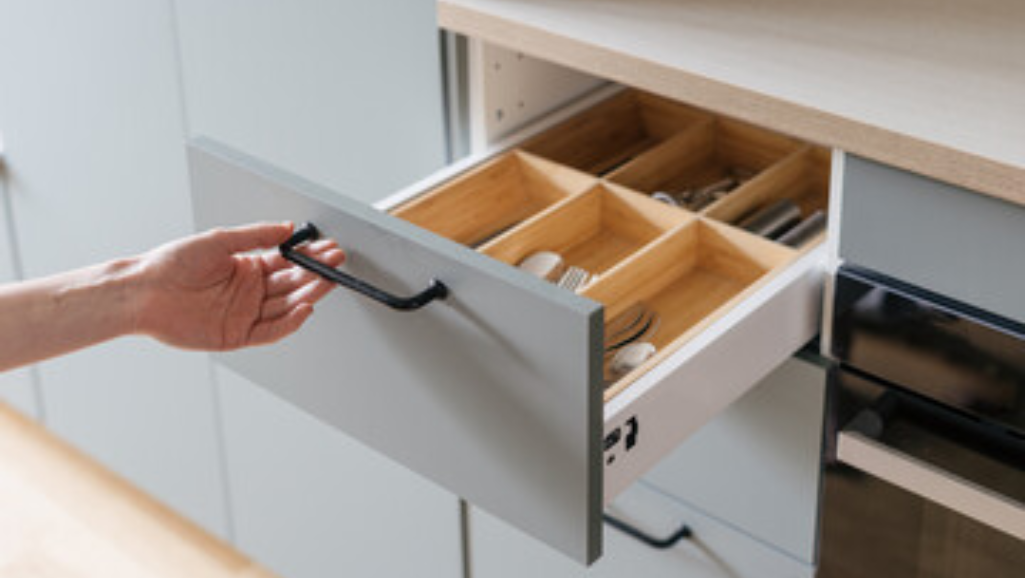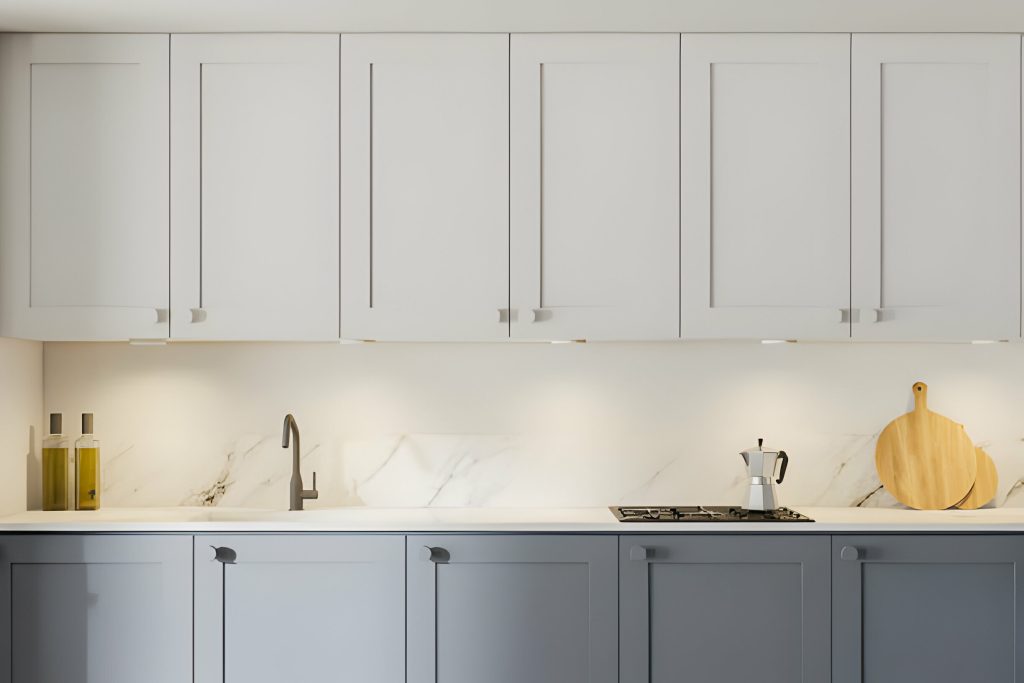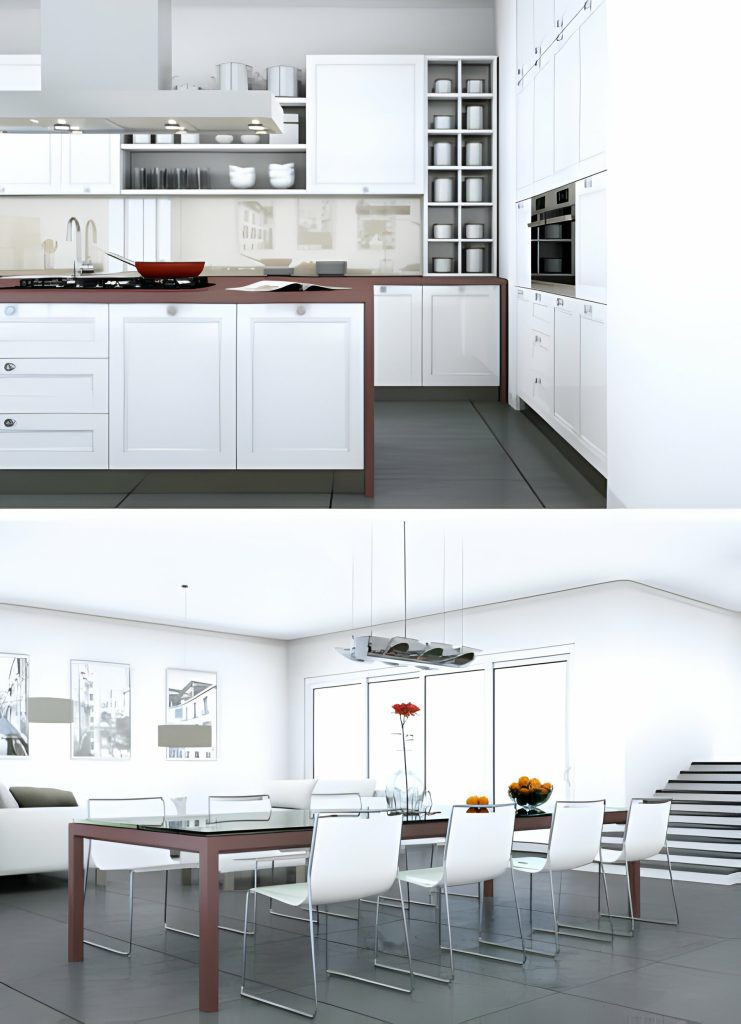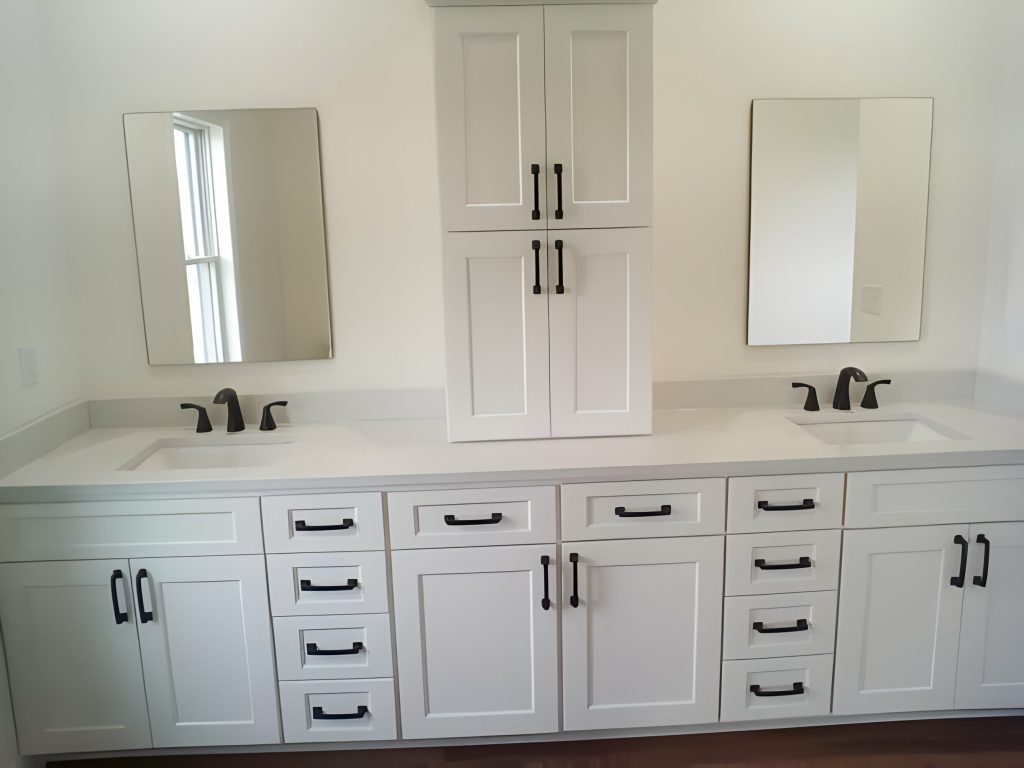Are your kitchen cabinet doors in desperate need of repair? Don’t worry, you’ve come to the right place. In this article, we’ll show you how to fix those scratches, dents, and loose hinges, and even replace damaged doors. With just a few tools and some simple steps, you’ll have your cabinets looking brand new in no time. So roll up your sleeves and let’s get started!
Assess the Damage
To assess the damage to your kitchen cabinet doors, carefully examine each door for any visible signs of wear, such as scratches, dents, or peeling paint. Start by inspecting the surface of the doors, running your hands over them to feel for any rough spots or irregularities. Look for any areas where the paint or finish is chipped, cracked, or bubbled. These are clear indications that the doors are damaged and in need of repair.
Next, check the edges and corners of the doors. Look for any signs of splitting, splintering, or fraying. These areas are particularly prone to damage and may require some extra attention. Also, pay close attention to any hardware or hinges that may be attached to the doors. Make sure they are securely fastened and functioning properly.
Once you have identified the extent of the damage, you can begin exploring repair techniques and DIY solutions. Depending on the severity of the damage, you may be able to fix minor scratches or dents with simple touch-up paint or wood filler. For more significant damage, such as deep scratches or broken corners, you may need to consider more involved repair methods, such as sanding, refinishing, or even replacing the affected doors entirely.
Gather the Necessary Tools
Now that you have assessed the damage to your kitchen cabinet doors, it’s time to gather the necessary tools for the repair. There are a few essential repair tools you will need, such as a screwdriver, wood glue, sandpaper, and a putty knife. It’s important to have these tools organized and easily accessible, so consider investing in a tool storage system to keep everything in order.
Essential Repair Tools
You’ll often need a set of essential repair tools to efficiently repair damaged kitchen cabinet doors. Proper tool usage and tool maintenance are crucial to ensure a successful repair process. One of the essential tools you’ll need is a screwdriver. Make sure to have both a flathead and a Phillips head screwdriver to accommodate different types of screws. Additionally, a putty knife is necessary for removing any old adhesive or wood filler. It’s important to keep the blade of the putty knife clean to prevent spreading debris onto the cabinet doors. A hammer is also essential for gently tapping in any loose nails or securing loose parts. Finally, a set of clamps will come in handy for holding pieces in place while the adhesive or wood filler dries. By having these essential repair tools and using them properly, you’ll be well-equipped to fix damaged kitchen cabinet doors with ease.
Tool Storage and Organization
Start by organizing and storing your necessary tools in a designated and easily accessible area. Maximizing small kitchen spaces is crucial, so utilizing DIY kitchen organization hacks can help you create an efficient tool storage system. Here is a table to illustrate some examples:
| Tool | Storage Idea | Benefits |
|---|---|---|
| Screwdriver | Magnetic strip on the inside of a cabinet | Easy access and prevents loss |
| Hammer | Wall-mounted hooks | Saves space and keeps it within reach |
| Tape Measure | Small container with a clip-on magnet | Prevents misplacement and easy retrieval |
Repair Scratches and Dents
Now let’s address the issue of repairing scratches and dents on your kitchen cabinet doors. To fill deep scratches, use a wood filler that matches the color of your cabinets and apply it with a putty knife. For minor dents, you can try using a wet cloth and an iron to steam the wood, which may help to raise the dent.
Filling Deep Scratches
To repair deep scratches and dents in your kitchen cabinet doors, gather the necessary materials and follow these simple steps. First, use a sanding technique to smooth the damaged area. Begin by sanding the scratch or dent gently, moving in the direction of the wood grain. This will help to blend the repaired area with the rest of the cabinet door. After sanding, clean the surface of any dust and debris. Next, apply wood putty to the damaged area. Use a putty knife to spread the putty evenly, filling in the deep scratch or dent. Allow the putty to dry completely before sanding it down to a smooth finish. Finally, use a fine-grit sandpaper to gently sand the repaired area, ensuring it is level with the surrounding surface.
Fixing Minor Dents
To fix minor dents in your kitchen cabinet doors, you will need to gather the necessary materials and follow these simple steps. Start by cleaning the damaged area with a mild soap and water solution and allowing it to dry completely. Next, use a putty knife to apply wood filler to the dent, filling it in until it is level with the surrounding surface. Smooth out the filler with the putty knife, removing any excess. Allow the filler to dry completely, following the manufacturer’s instructions. Once dry, sand the area gently with a fine-grit sandpaper until it is smooth and even. Finish by applying a matching stain or paint to the repaired area to blend it in with the rest of the cabinet door.
Fix Loose Hinges
To fix loose hinges on your kitchen cabinet doors, start by removing the screws that secure the hinge to the door. Once the screws are removed, inspect the hinge and the screw holes for any signs of damage or wear. If the hinge is misaligned, you can adjust it by loosening the screws on the hinge base and repositioning it to align with the door. Tighten the screws once the hinge is properly aligned.
If the screw holes are stripped or enlarged, you can reinforce them by using wooden toothpicks or matchsticks. Simply dip the toothpicks or matchsticks in wood glue and insert them into the screw holes. Allow the glue to dry before reattaching the hinge with the screws. This will create a stronger grip and prevent the screws from becoming loose again.
Another option is to use longer screws that will reach the solid wood behind the cabinet door. This will provide more stability and support for the hinge. Just make sure the longer screws do not protrude through the cabinet door.
Lastly, if the hinge itself is damaged or worn out, it may be necessary to replace it entirely. Look for hinges that are compatible with your cabinet doors and follow the manufacturer’s instructions for installation.
Replace Damaged Cabinet Doors
If the damage to your kitchen cabinet doors is beyond repair, you can replace them with new ones. When it comes to cabinet door replacement options, you have a few choices to consider. One option is to replace the damaged doors with identical ones, if they are still available from the manufacturer. This is the easiest and most seamless option, as it ensures a perfect match with the rest of your cabinetry. However, if identical doors are not available, you can choose to replace all the cabinet doors with a different style or design. This allows you to give your kitchen a fresh new look while still maintaining functionality. Another option is to repair water damage on cabinet doors before deciding to replace them. If the water damage is minimal, you can try sanding down the affected area and reapplying a fresh coat of paint or varnish. However, if the damage is extensive and the doors are swollen or warped, it may be best to replace them altogether. Remember to measure your existing doors accurately before purchasing replacements to ensure a proper fit.
Apply a Fresh Coat of Paint or Finish
To give your damaged kitchen cabinet doors a fresh new look, start by applying a fresh coat of paint or finish. This step will not only make your cabinets look brand new, but it will also help protect them from further damage. Here’s how to do it:
- Prepare the surfaces: Start by cleaning the cabinet doors thoroughly with a mild detergent and water. Make sure to remove any grease or grime that may have accumulated over time. Next, sand the surfaces to create a smooth and even base for the paint or finish to adhere to.
- Repair chipped edges: If you have any chipped edges on your cabinet doors, use wood filler to fill in the gaps. Once the filler has dried, sand it down until it is flush with the rest of the surface.
- Choose the right paint or finish: Select a paint or finish that is specifically designed for kitchen cabinets. Consider the style and color scheme of your kitchen when making your choice.
- Apply the paint or finish: Use a high-quality brush or roller to apply an even coat of paint or finish to the cabinet doors. Start with the edges and corners, then move on to the larger sections. Allow the first coat to dry completely before applying a second coat if necessary.



